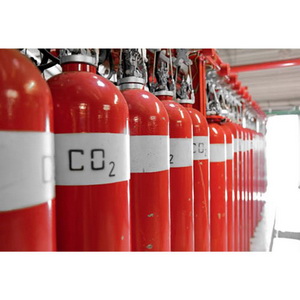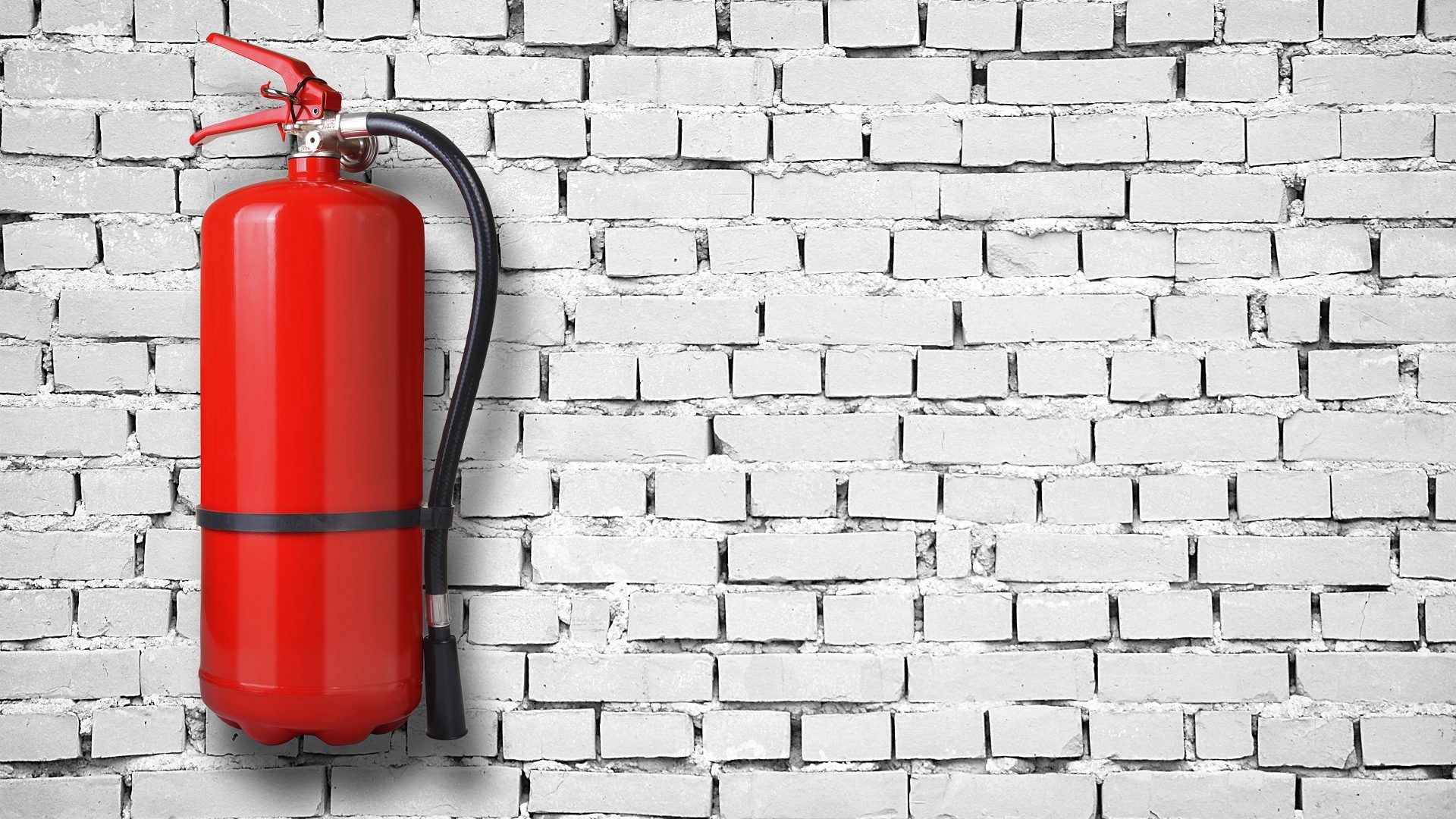
Carbon dioxide (CO2) is a colorless, odorless, chemically inert, electrically non-conductive agent that approximately 50% heavier than air without any residue after discharge.
It extinguishes fire rapidly by lowering the level of oxygen that supports combustion in a protected area. This mechanism of fire suppression makes CO2 suppression systems highly effective, requiring minimal clean up.
CO2 suppression systems may utilize the gas through both total flooding approach and local application.
When used as a firefighting agent, CO2 is stored under pressure in a liquid/vapor phase in high-pressure storage cylinders containing CO2 at an internal pressure of 850 psig (58 bar) when stored at an ambient temperature of 70 °F (21 °C).
System is available with variety of configurations, from single room hazard to multiple room protection, based on NFPA-12 standard and recognized by globally authorized certified bodies such as UL/ FM/ VdS.
Features:
- An inexpensive and easy-to-access agent when refill is necessary.
- Compatible with various detection and control systems.
- Wide ranges of proven safe, hazard protection.
Limitation of Use:
- Chemicals that contain their own oxygen supply such as: cellulose nitrate (old movie film) and gunpowder, which are capable of rapid oxidation in the absence of air.
- Reactive metals such as: Lithium, Sodium, Potassium, Magnesium, Titanium, Uranium, or Plutonium.
- Metal Hydrides such as Sodium Hydride, Lithium Hydride, Calcium Hydride, Lithium Aluminum, Hydride, and Sodium Borohydride.
- Normally occupied spaces.

